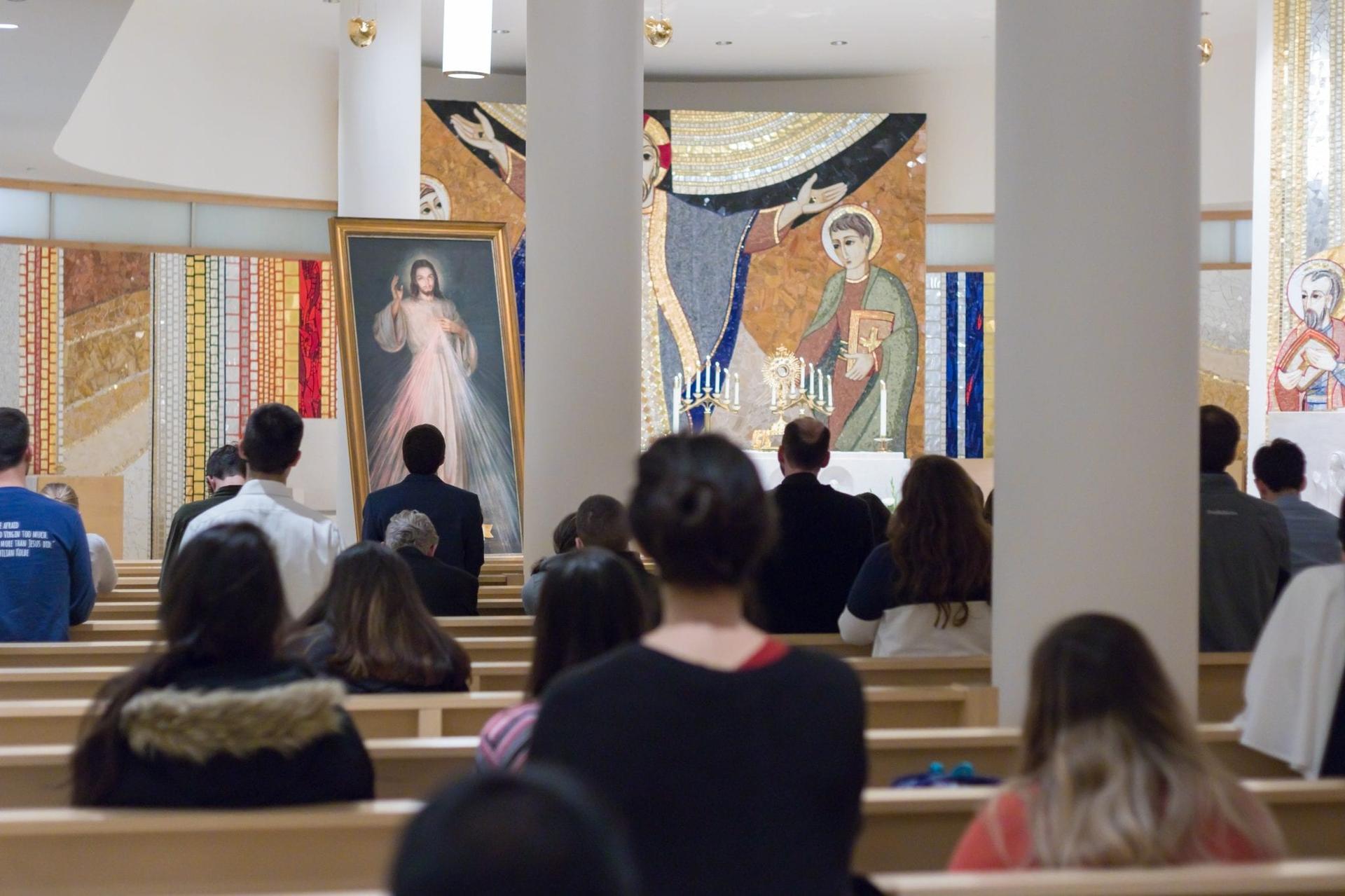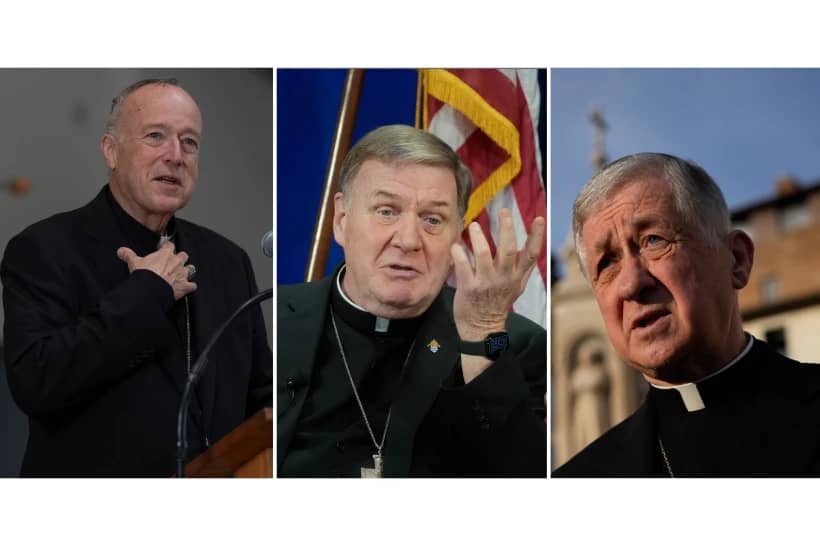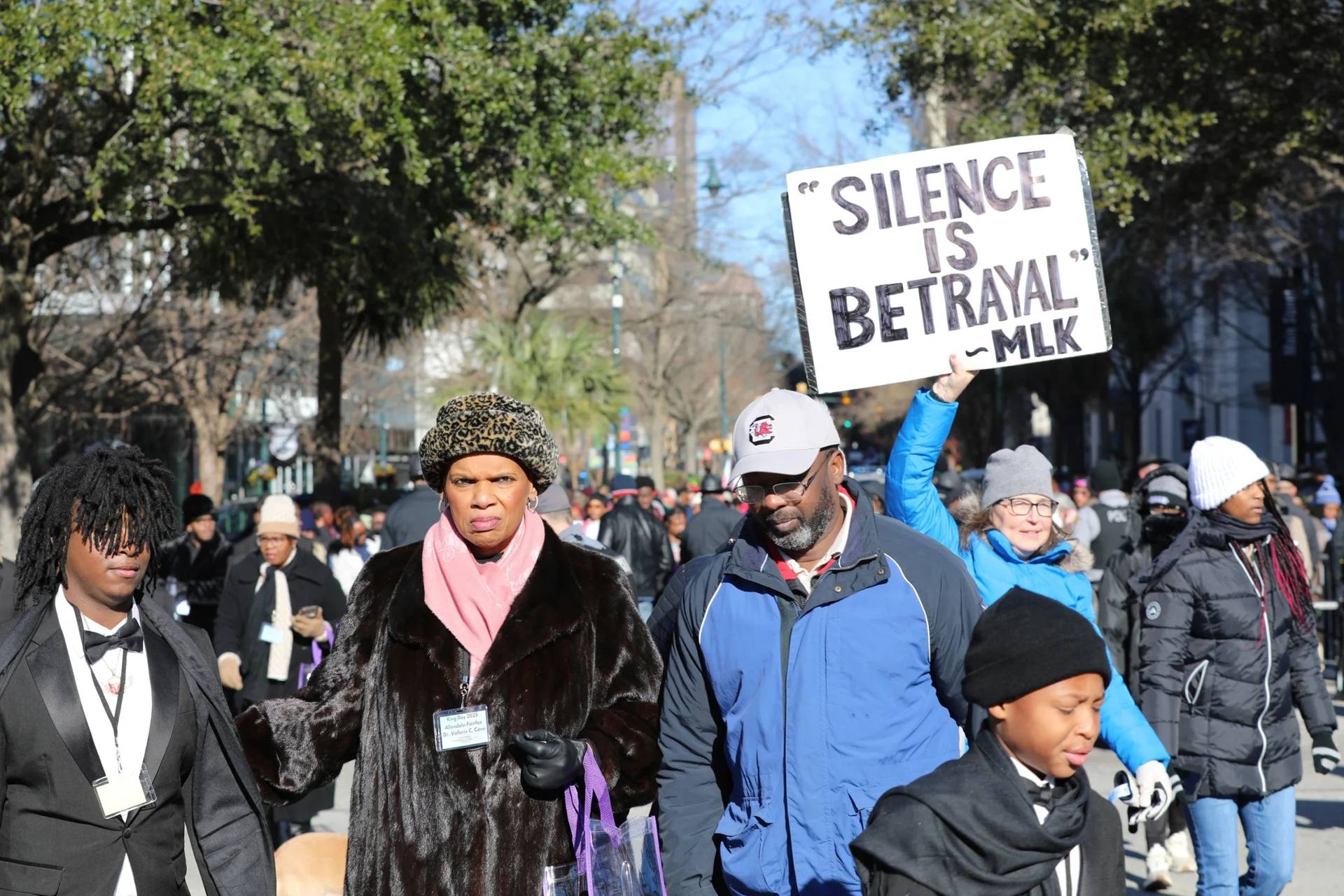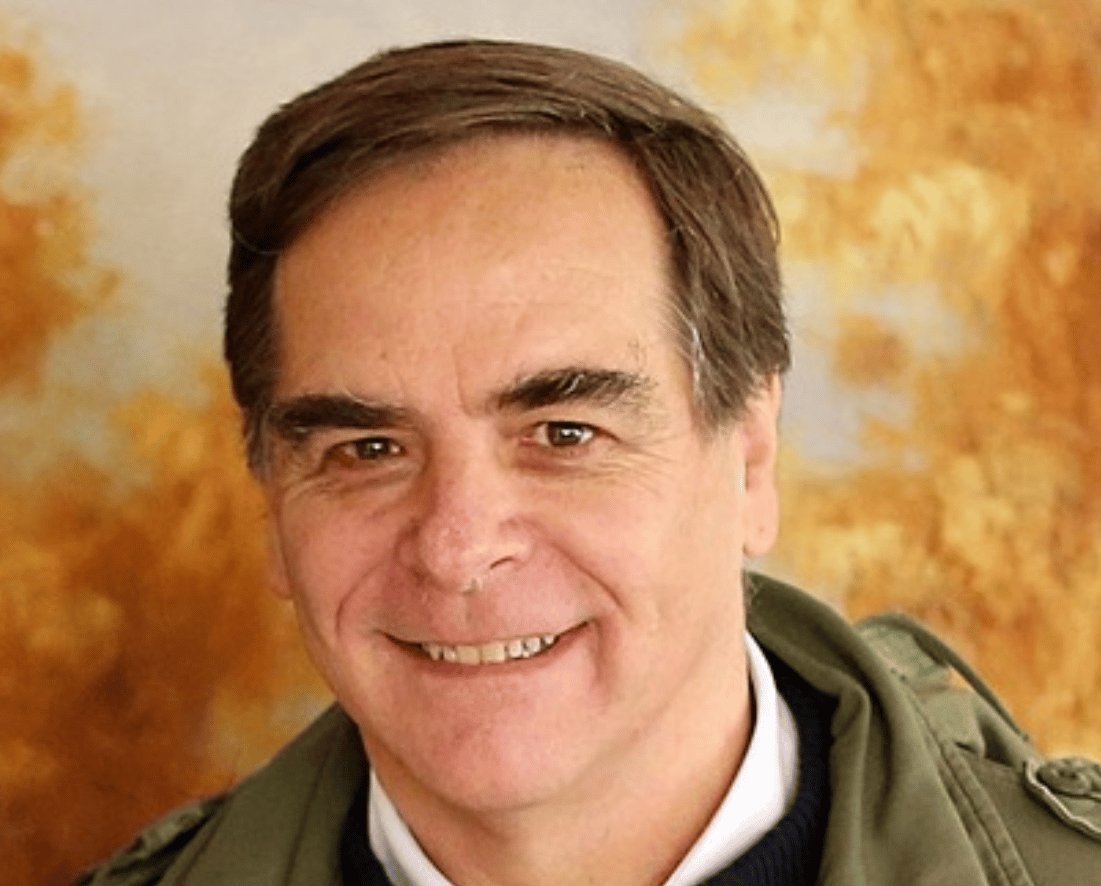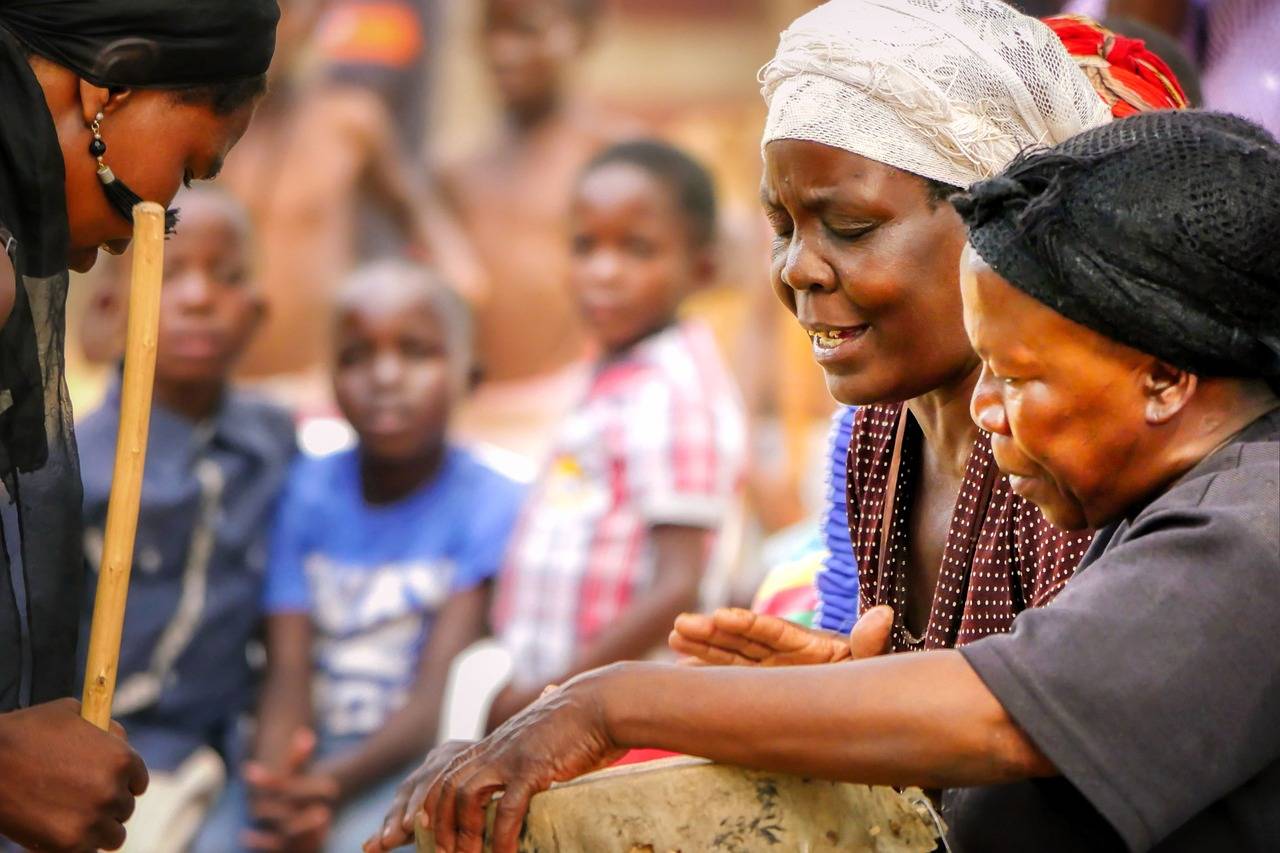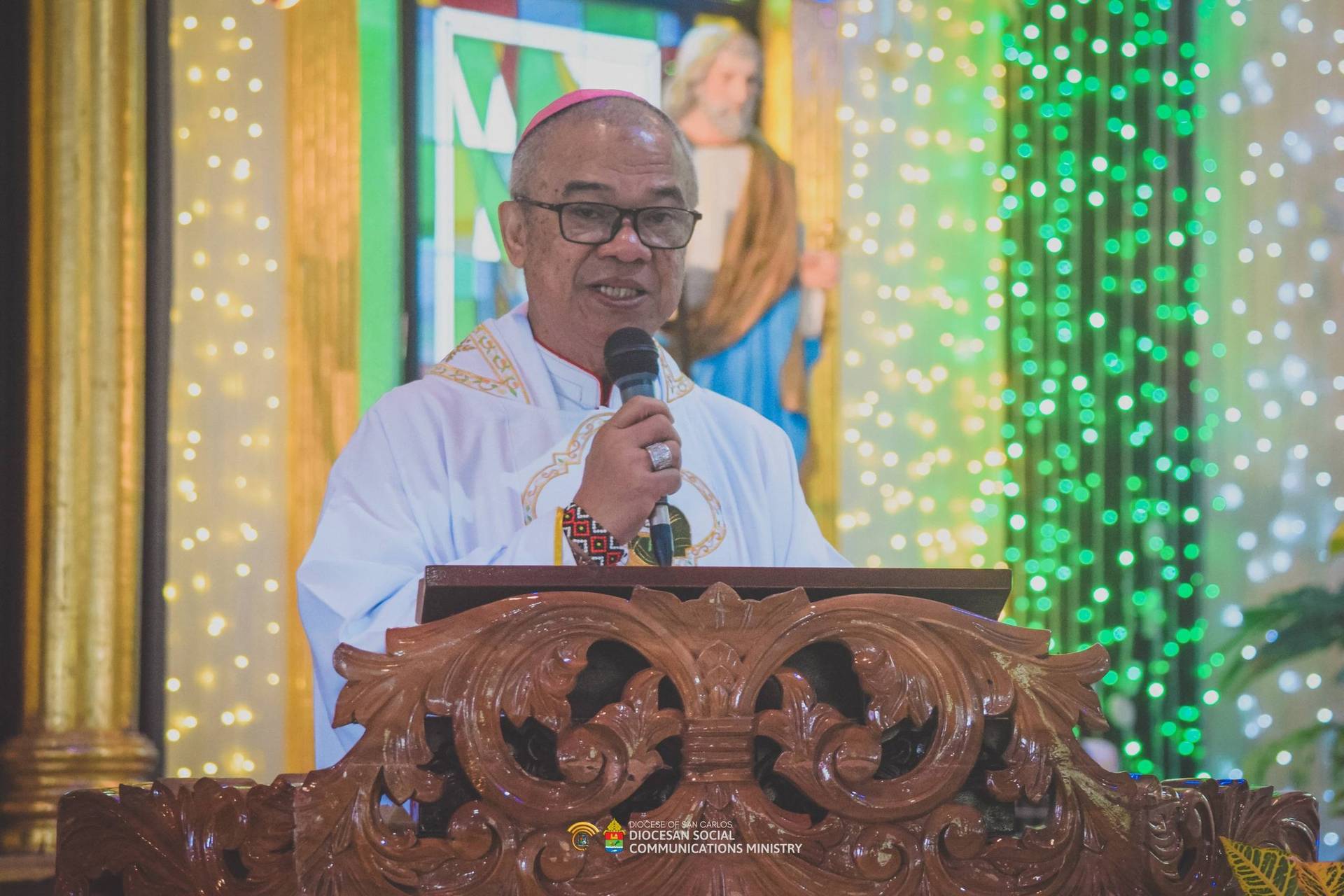NEW YORK — According to one University of Notre Dame professor, the revelations of the Holy See’s report on laicized ex-cardinal Theodore McCarrick and the totality of the clergy sex abuse crisis are grounds enough to increase the number of years after a person dies before a sainthood cause can be opened.
In a conversation with Crux, Kathleen Sprows Cummings, who also serves as director of the university’s Cushwa Center for the Study of American Catholicism, said history needs a longer opportunity to play itself out before the process should start.
“What the actual truth of the matter is, we don’t fully know yet. I think any man who served as a bishop at any point since, say the 1960’s, just the possibility something is going to come to light is going to be enough to say, ‘this isn’t a good idea,’” Cummings said. “The legacy of clergy sex abuse is going to be long and I think it’s going to have an effect on canonization as it does everything else.”
The current process stipulates a sainthood cause cannot be opened for five years after a candidate’s death. But that wasn’t always the case. Pope St. John Paul II changed the requirement to five years during his papacy. Prior to that, it was 50.
Cummings isn’t necessarily calling for a return to a hard and fast “fifty years after death” requirement, just more than what it is now. She used the fast-tracked canonization of John Paul as an example. Pope Benedict XVI waived the five-year requirement and opened the cause soon after his death in April 2005.
“If John Paul II hadn’t already been canonized it’s highly doubtful that any cause would be opened up on his behalf given what we know now,” Cummings said. “In the case of a person who had so much power and so much influence like a pope, it probably makes sense for the Vatican archives to be open throughout the person’s lifetime. Historians, let us do what we do and let the evidence come to light.”
The historian continued that how much John Paul knew or didn’t know about McCarrick doesn’t negate the fact a lot of it happened on his watch.
“A lot of this occurred on John Paul II watch. Maybe he was duped, maybe he didn’t know, but that’s less so important than the heroes we need now. And the heroes we need now are not people who were a part of the problem,” she said.
“That’s the beauty of canonization. It’s very flexible as a symbol. So, what if a cause is opened up for one of the most outspoken survivors, someone who tried?”
Cummings also looks at the case of Archbishop Fulton Sheen as another example of a sainthood cause that needed longer to play out. Sheen died in 1979 at the age of 84. He was a renowned scholar, author, professor, and television personality on his show “Life Is Worth Living.”
The archbishop had his sainthood cause opened in 2003, 24 years after his death. An allegation subsequently surfaced in 2007 that he covered up an act of clerical sex abuse as an auxiliary bishop in New York, where he served 1951-1966.
He was ultimately declared venerable by Benedict in 2012. His beatification by Pope Francis was scheduled for Dec. 21, 2019; however, it was postponed indefinitely after a request submitted to the Vatican by some U.S. bishops to further investigate his tenure as bishop of the Diocese of Rochester from 1966-1969.
“It’s not fair, especially if the allegations are not true. But that doesn’t matter to Sheen. If he’s in God’s eternal presence, he’s in God’s eternal presence,” Cummings said. “That’s why it makes sense to wait given the context we live in now where details of clergy sex abuse are emerging all the time.”
Time will only tell if Sheen is eventually beatified. For John Paul, Cummings doesn’t dispute that he’s a canonized saint or even if this was the right decision: She’s questioning the timing given the climate around clergy sex abuse.
She also questions why popes are canonized in the first place.
“There is a tendency now to canonize popes. Why do we need to canonize popes?” Cummings asked. “Popes are already in our collective memory. We honor them as a Church anyway.”
Follow John Lavenburg on Twitter: @johnlavenburg
